$349.4 Mn
Market Size
4.8%
CAGR
$421.5 Mn
Forecast

*Note: Name, Email and Phone Number are mandatory.

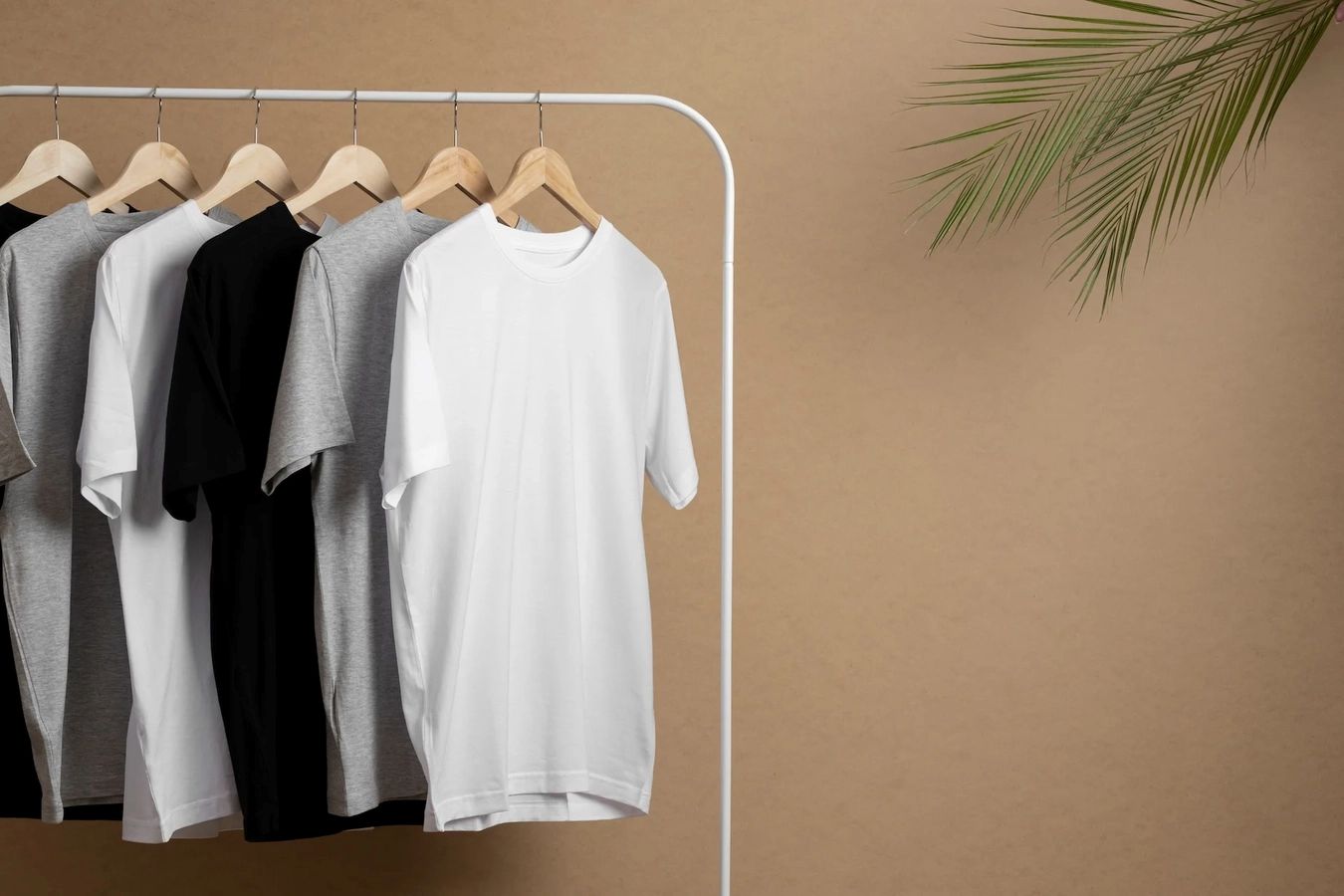
Africa is redefining innerwear and activewear manufacturing. Abundant cotton supply, vertically integrated operations, competitive costs, and preferential trade access to the EU (EPA) position the continent as a strategic alternative to traditional sourcing hubs. As global brands diversify supply chains, Africa offers speed, scale, and sustainability in one package.
Africa is redefining innerwear and activewear manufacturing. Abundant cotton supply, vertically integrated operations, competitive costs, and preferential trade access to the EU (EPA) position the continent as a strategic alternative to traditional sourcing hubs. As global brands diversify supply chains, Africa offers speed, scale, and sustainability in one package.
$349.4 Mn
Market Size
4.8%
CAGR
$421.5 Mn
Forecast

Innerwear Apparel
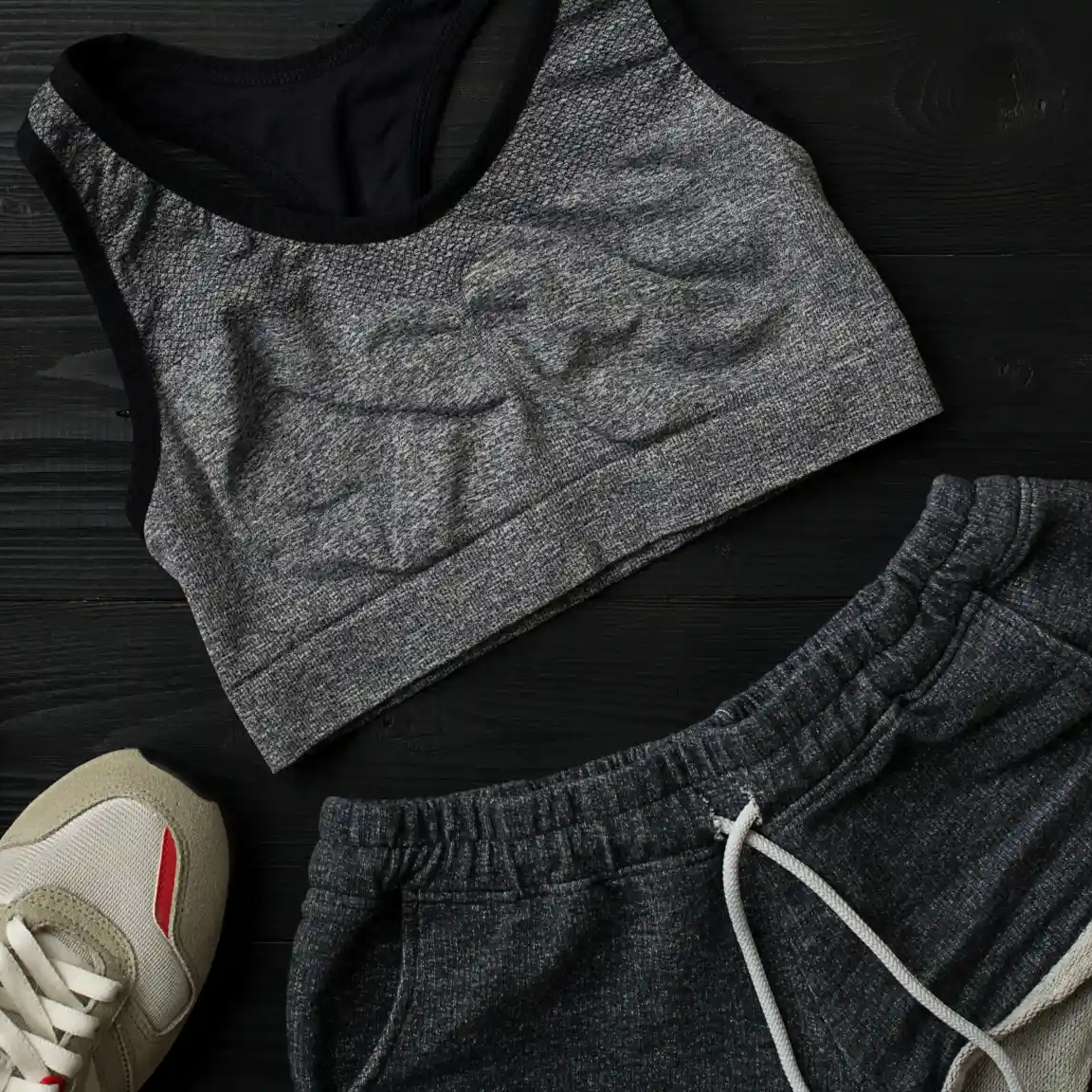
Activewear Apparel

Casual wear Apparel

Workwear Apparel
5%
Africa’s share in global cotton output
80%
Innerwear imported in Africa
739.8 Mn
Women's innerwear segment in Africa
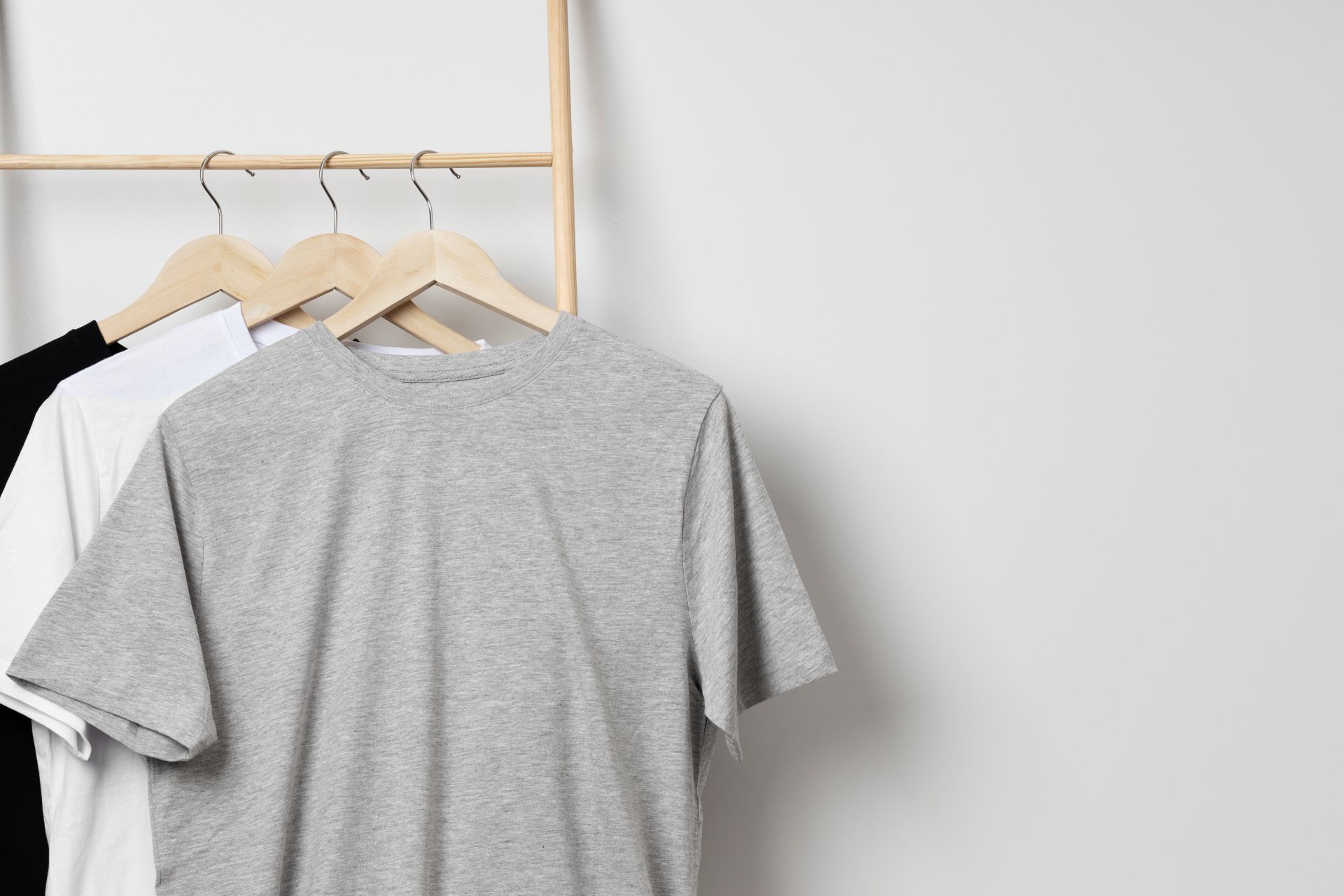
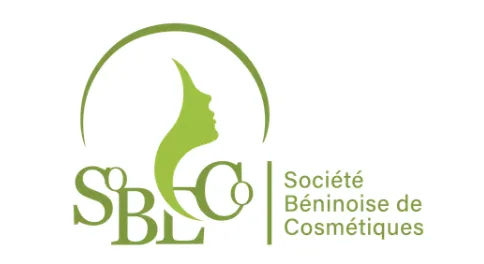





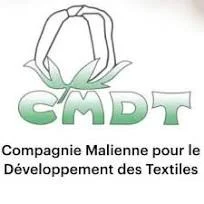




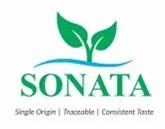
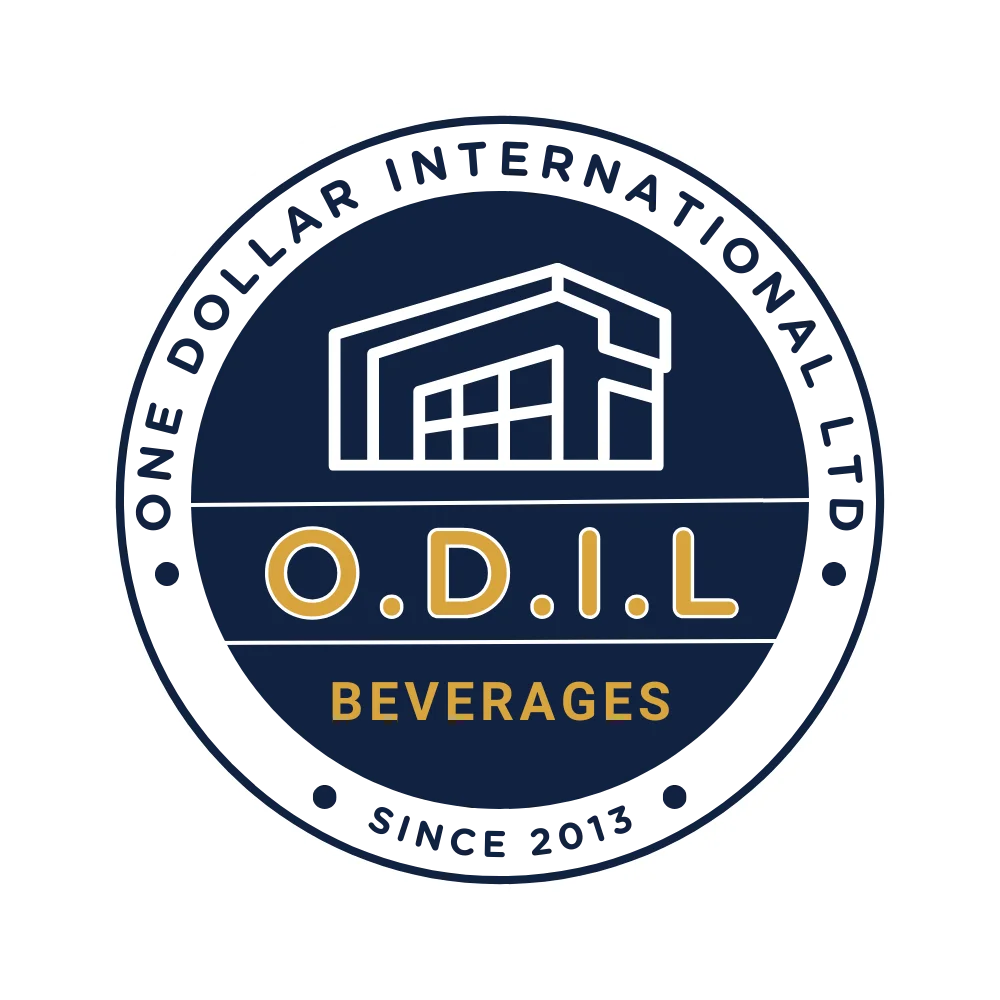
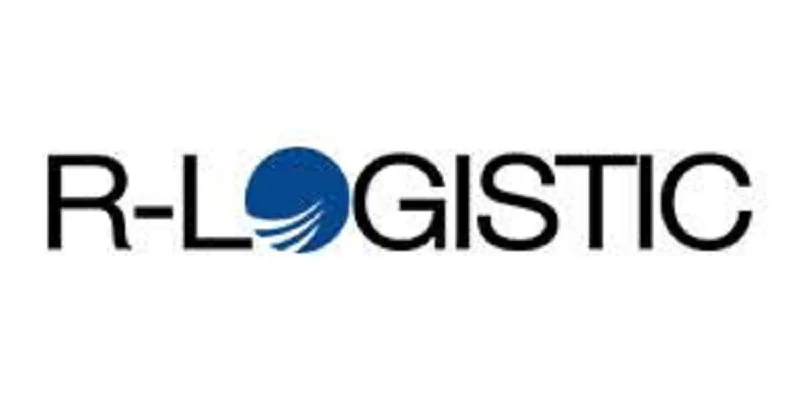

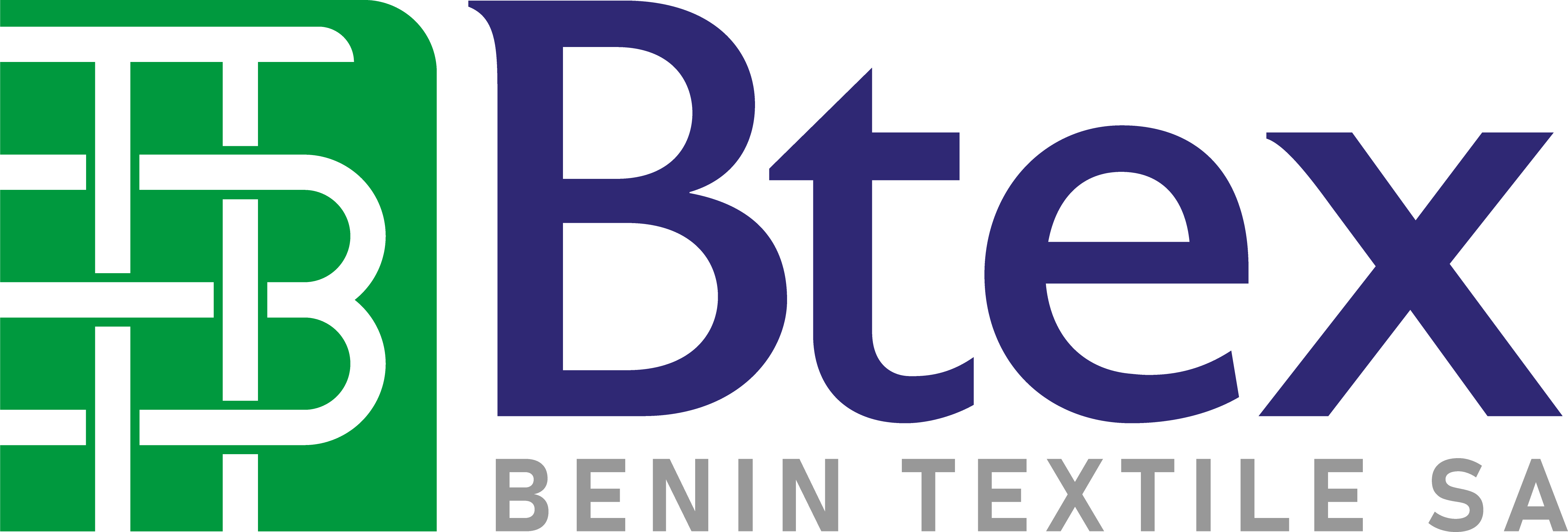
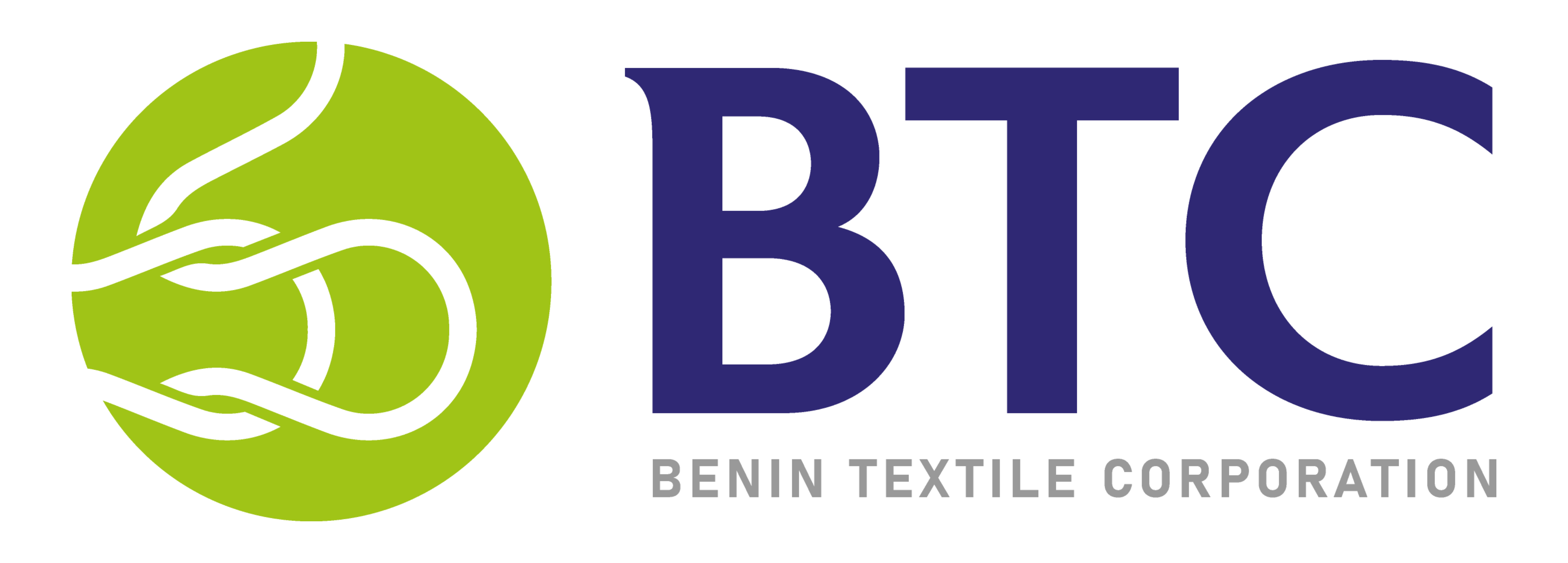

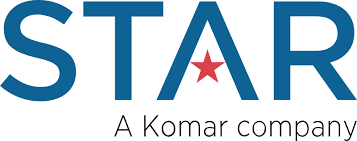
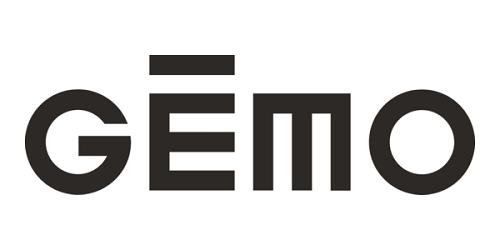





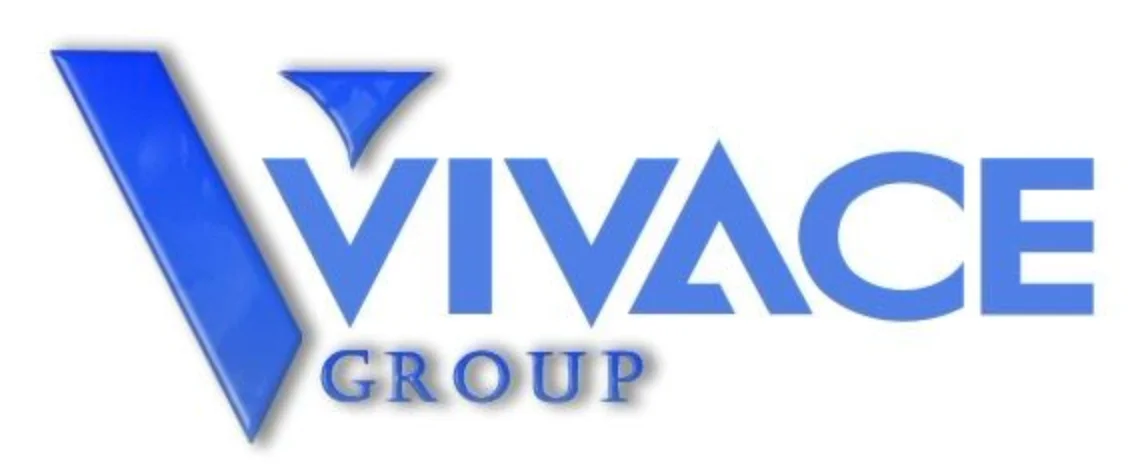
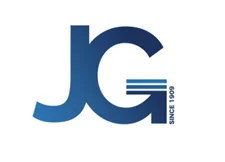
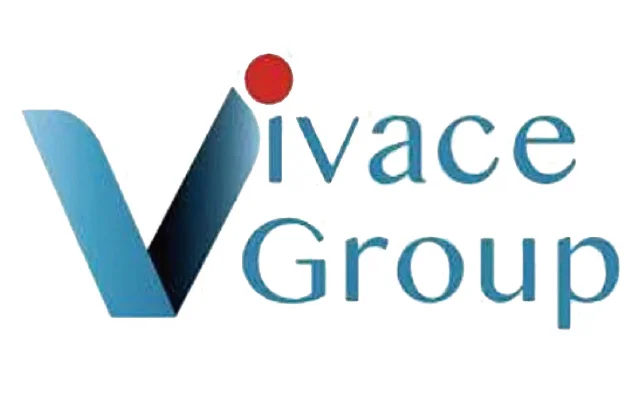

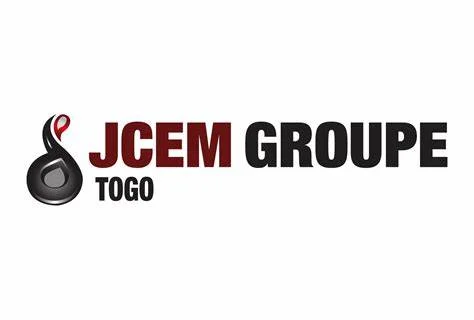
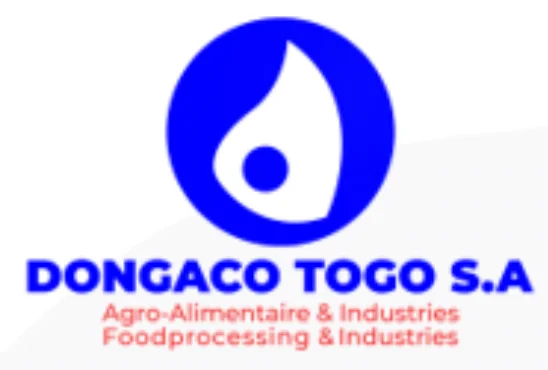

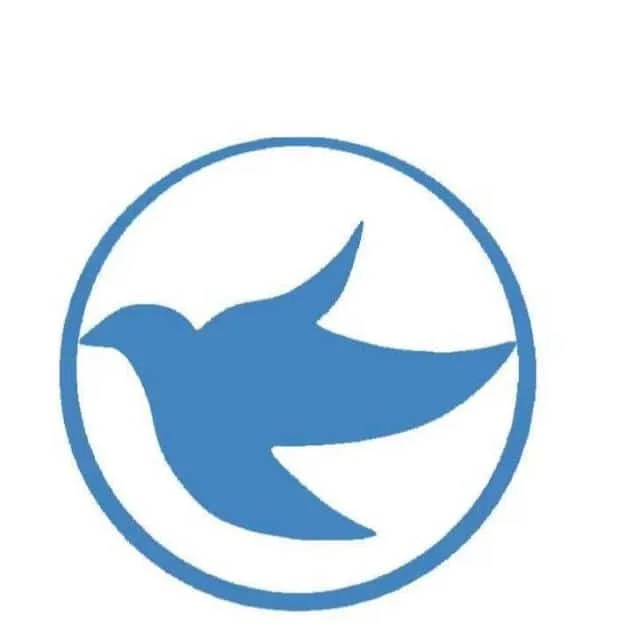
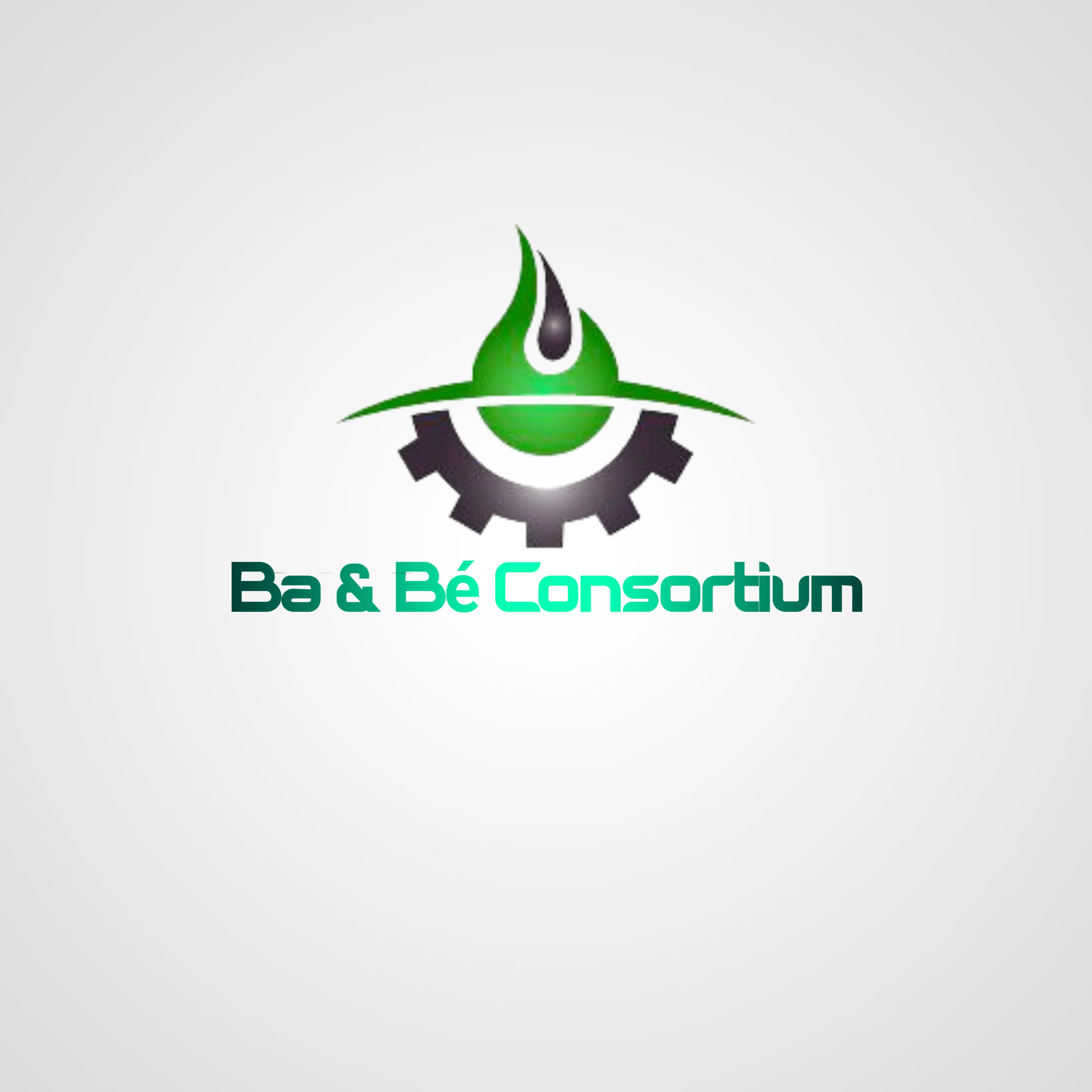










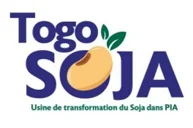
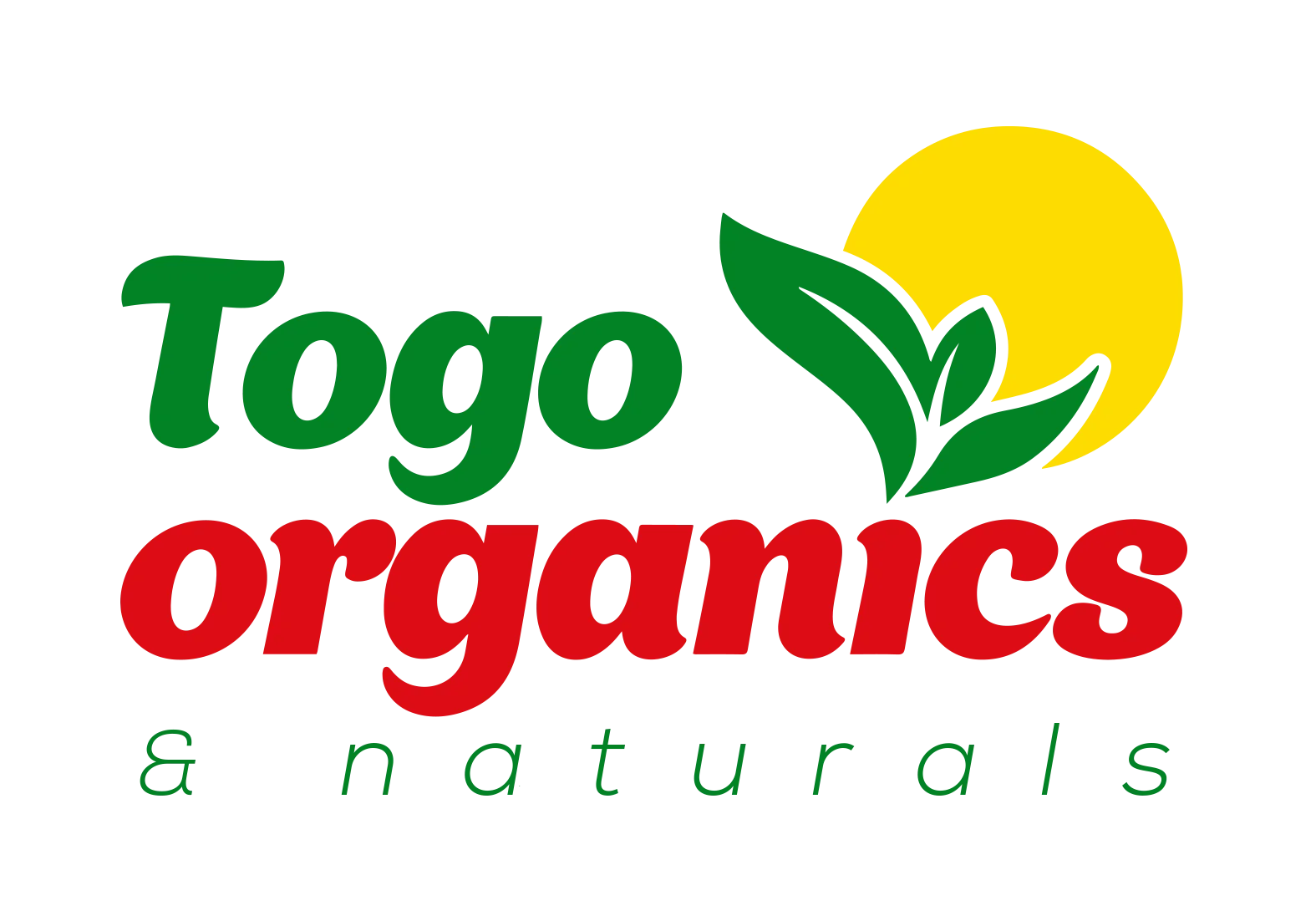
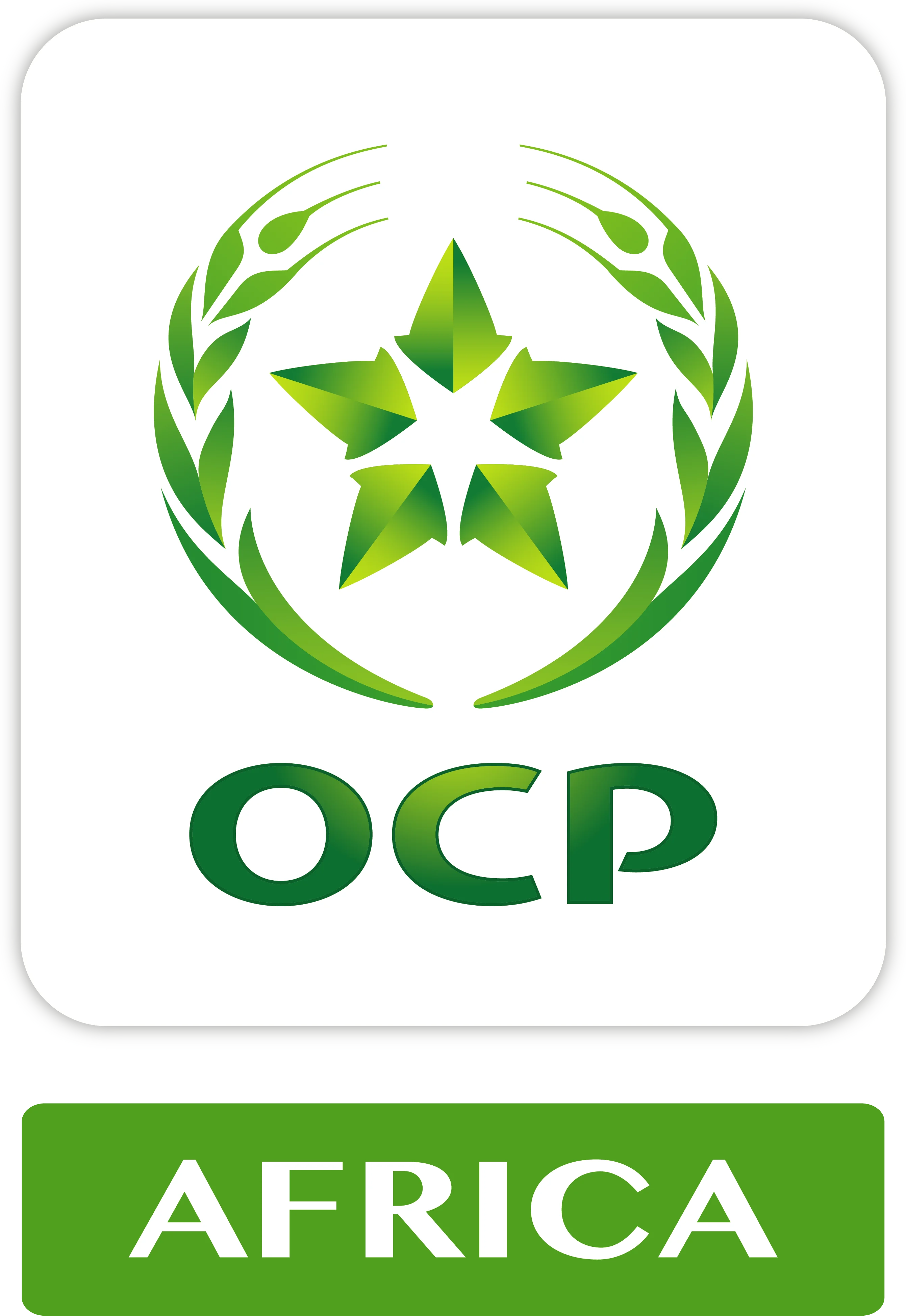
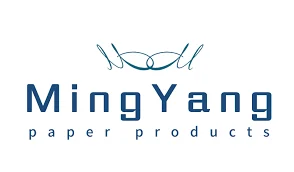

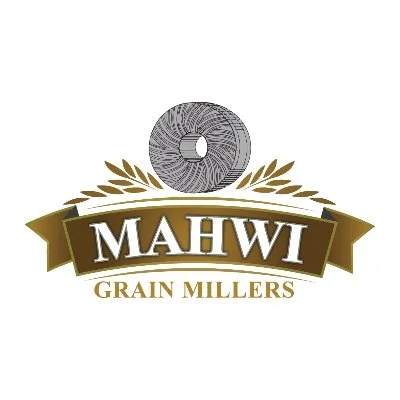

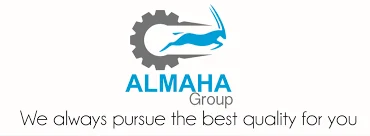



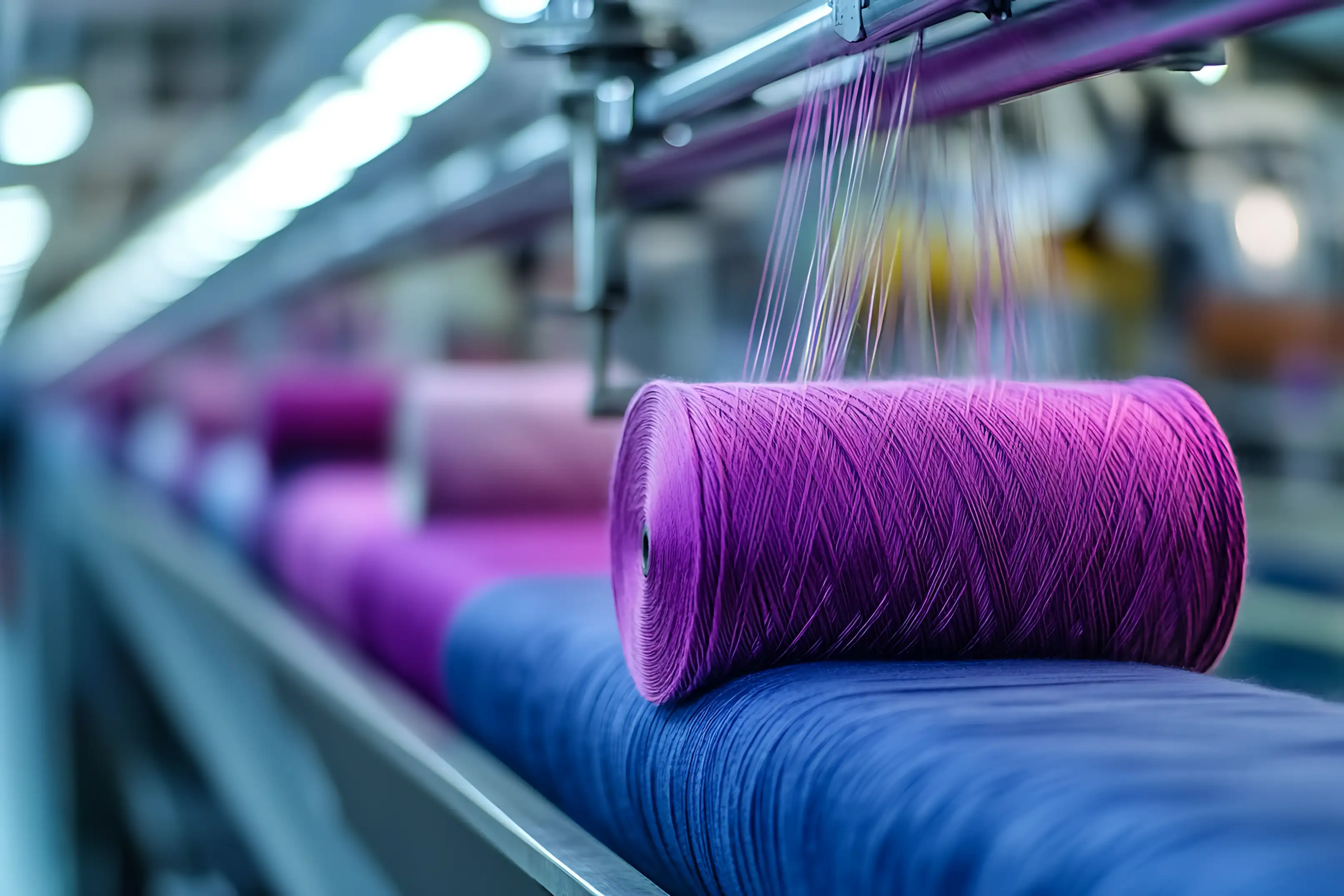
Nov. 19, 2025
Global Textile Sourcing in 2025: Africa’s Strategic Role in Diversified Supply Chains
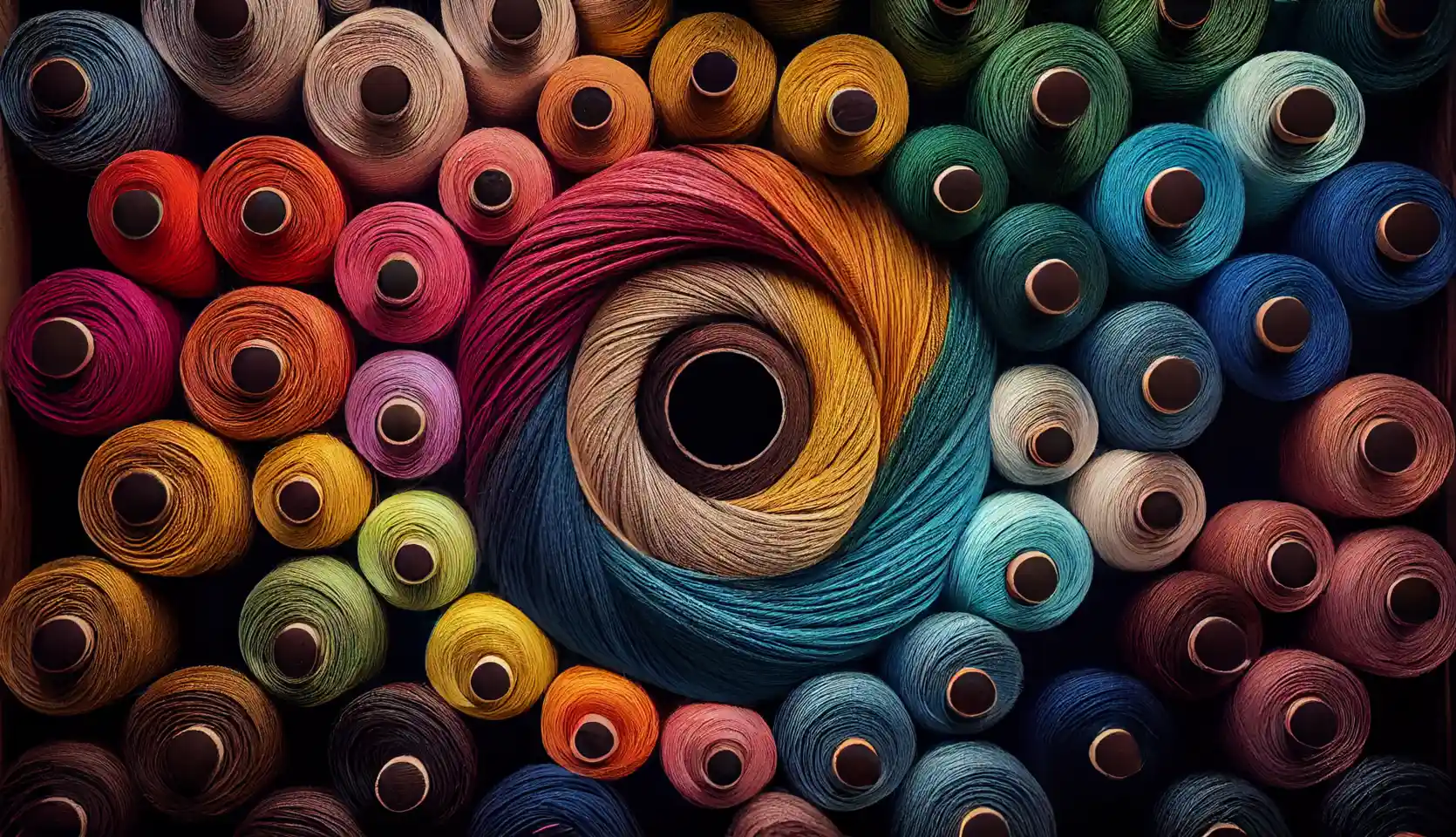
Nov. 7, 2025
Africa’s Textile Manufacturing Renaissance: Weaving the Next Global Growth Story
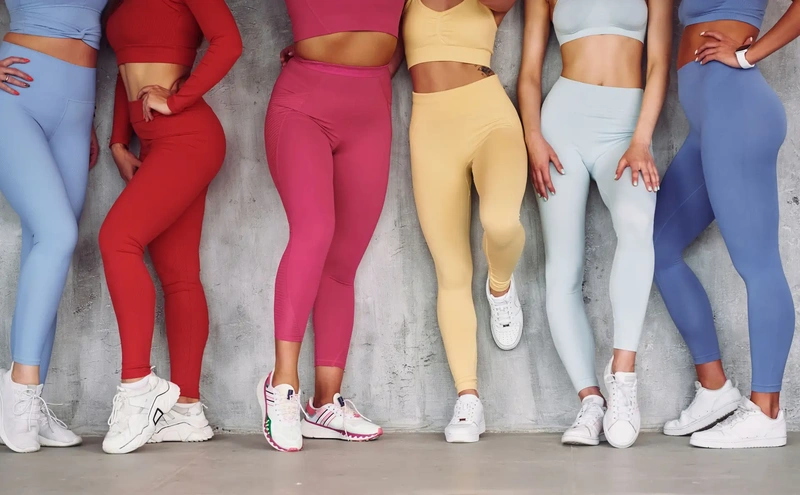
Industry Overview
Profitability & Value Chain Opportunities
Market Trends & Demand Evolution
Africa Industry Insights
Geo Comparision
Industrial Zones & Setup Benefits
Compare
Dear investor, please compare similar category items- either Locations or Opportunities.
*Already subscribed.
*Enter your name/email.

Sign up for exclusive investment alerts.
Already subscribed? Skip
Thank You For Subscribing to
Africa For Investors.

You will be redirected to AFI’s Linkedin Profile in 10 seconds.
Stay On AFI Website